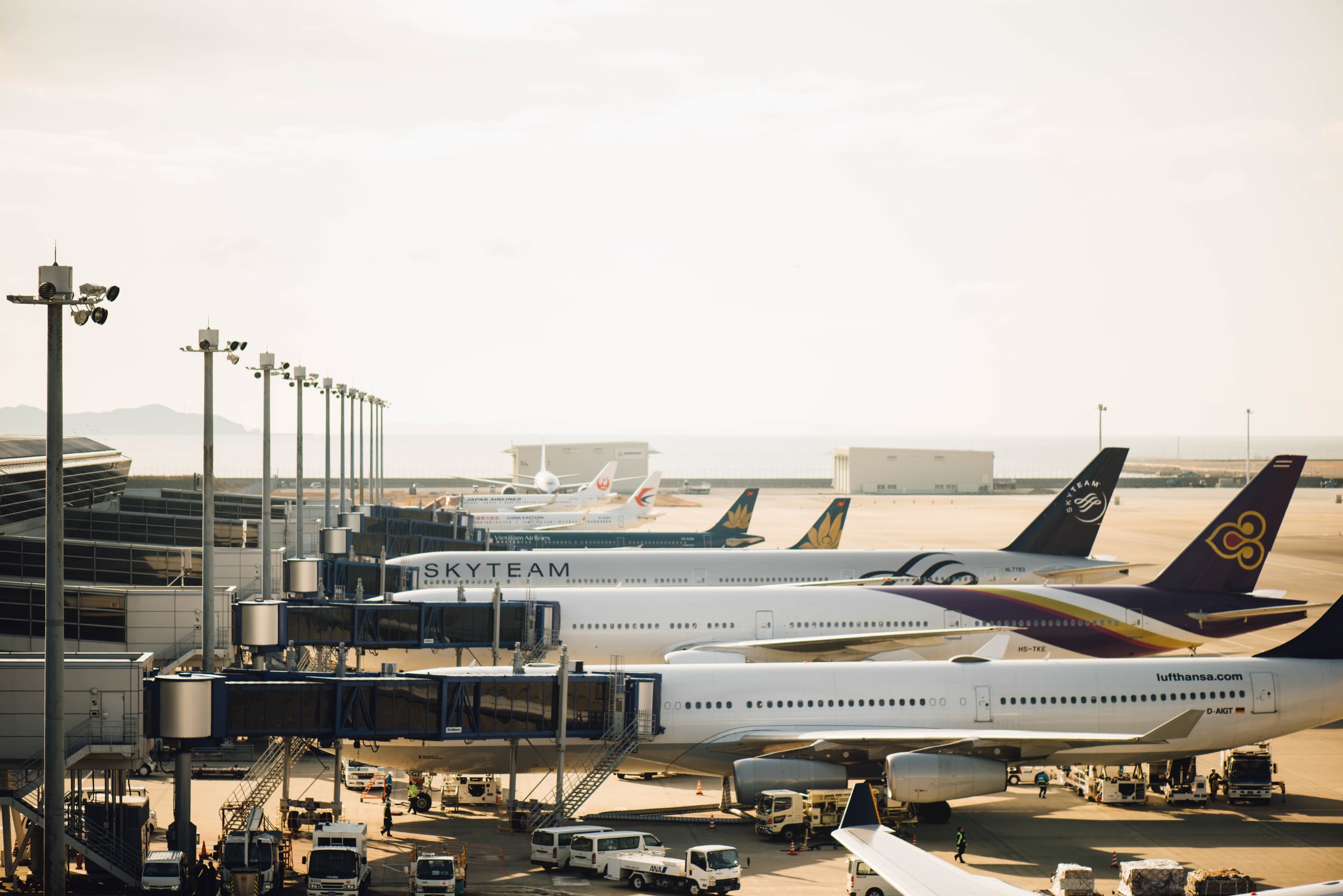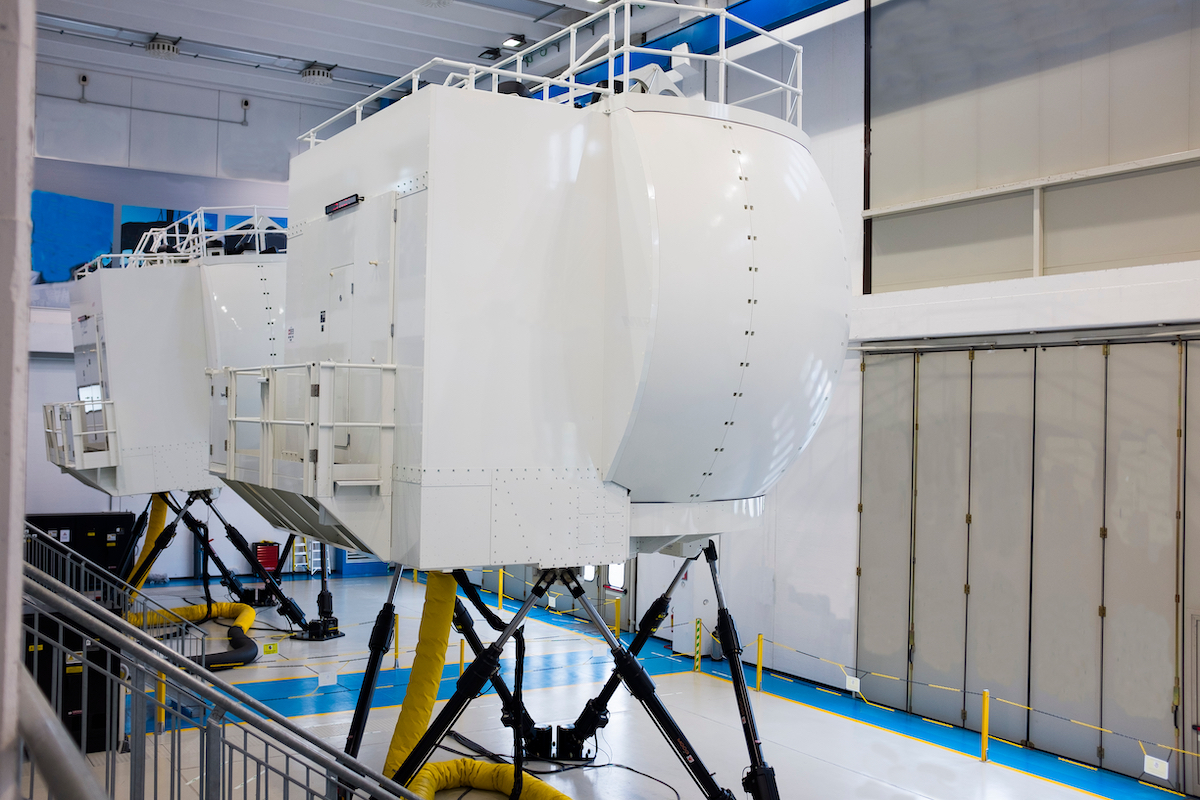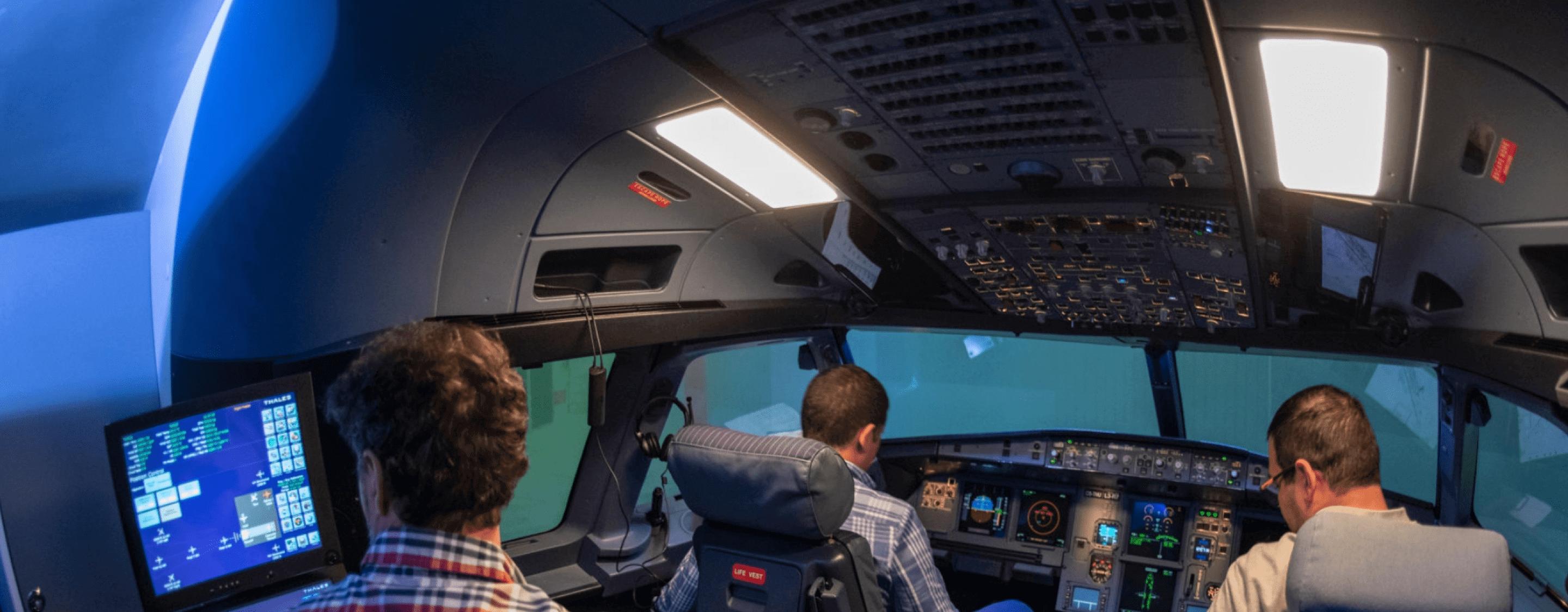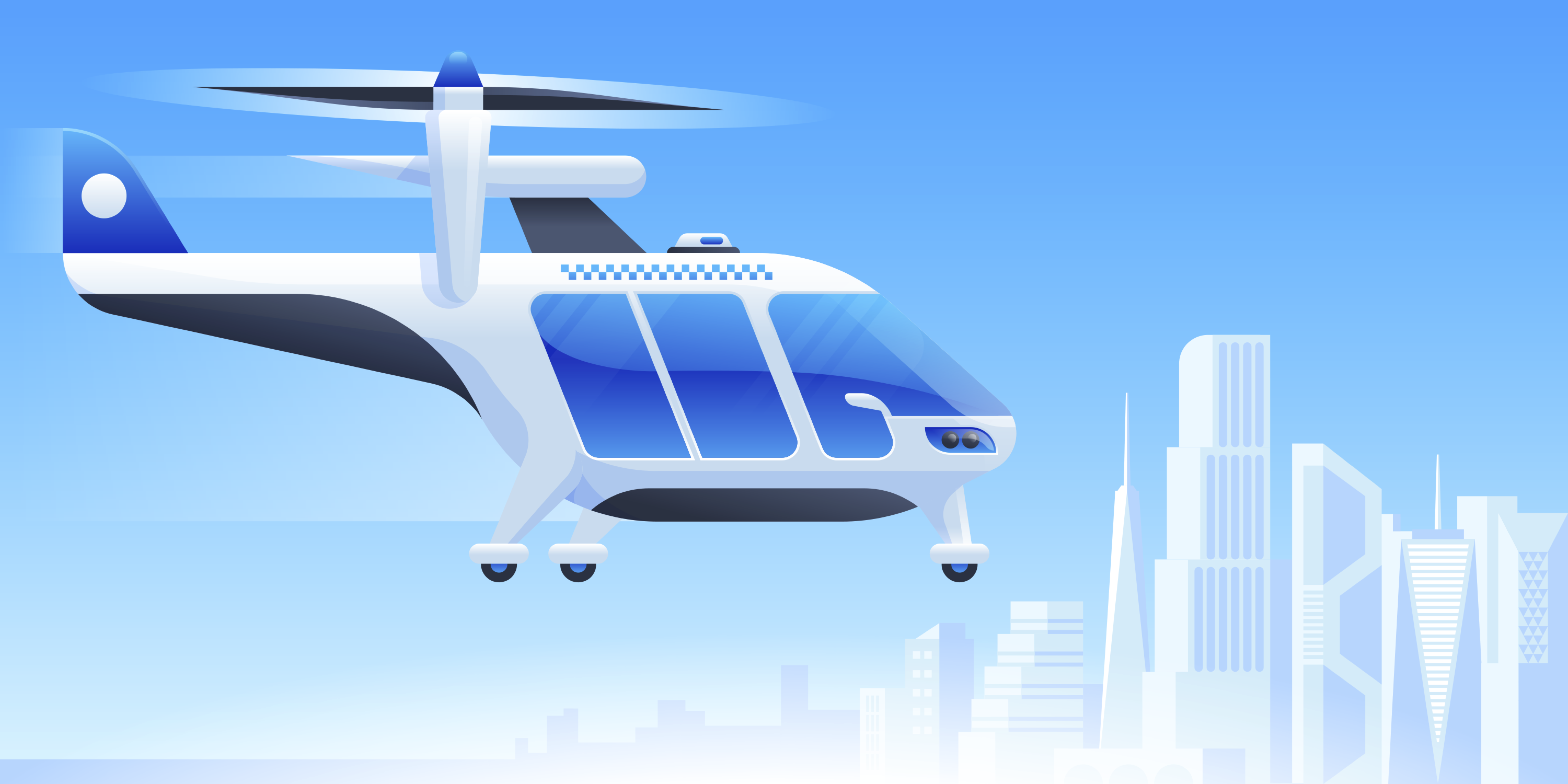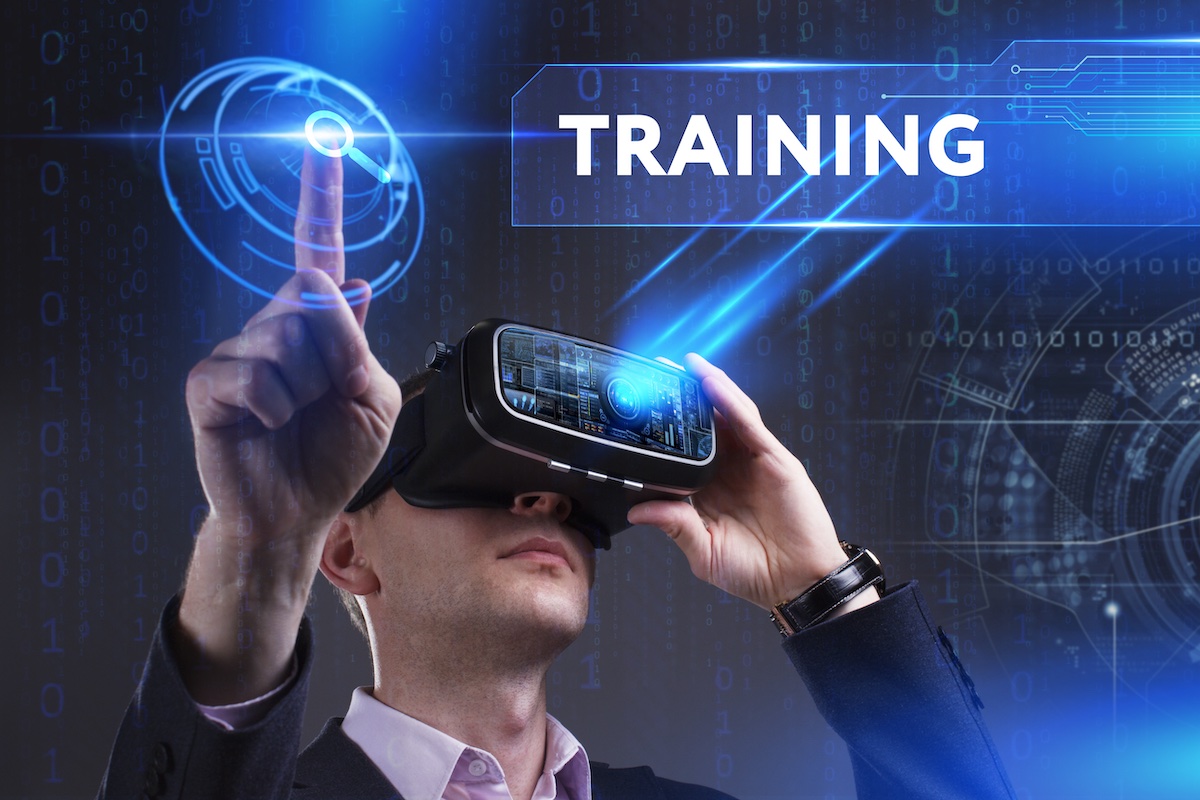01. Airlines
Collectively, airlines spend several billion dollars annually on pilot training. The average turnover of pilots at any airline is about 5-6%. In the midst of the Covid-19 pandemic, many pilots are retiring early. When aviation recovers, airlines will be faced with significant challenges hiring and training new and returning pilots.
02. Third-Party Training Organization
Independent or third-party training organizations provide valuable training capacity to many airlines. It is essential to provide consistent, high-quality training to the client airlines that rely on them.
03. Flight Schools
Pilot training is expensive, which prevents many young candidates from considering a career in aviation. For years, the industry has faced a critical pilot shortage. The Covid-19 pandemic will exacerbate the shortage when aviation recovers, as many experienced pilots retire and furloughed pilots consider other careers.
04. Advanced Air Mobility
Advanced Air Mobility (AAM), sometimes also called Urban Air Mobility (UAM) is set to transform our cities: how we live, how we get around, how we stay connected. By 2028, this industry will require 60,000 new “pilots” to operate these new vehicles. Who will fly these machines? How will they be trained?
05. Virtual Reality / Augmented Reality
Training is moving out of the classroom and into virtual worlds. Virtual reality (VR) and augmented reality (AR) creates opportunities to practice essential skills while social distancing. MRO crews can practice their inspections or other techniques without needing physical access to expensive aircraft hardware. Pilots can practice their maneuvers and procedures in an immersive environment that isn’t an expensive full-flight simulator.

